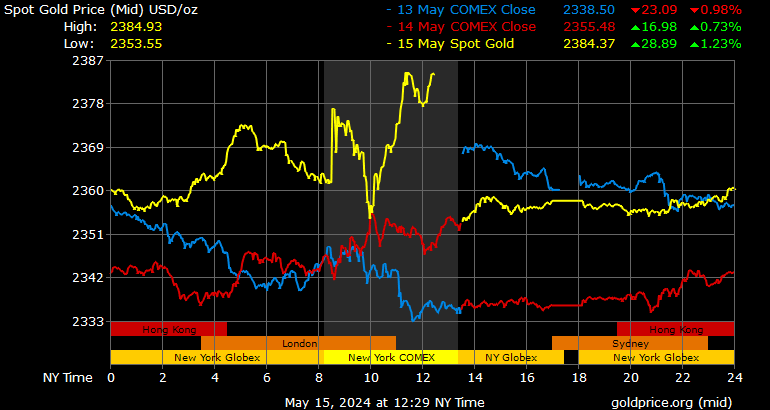Economic transformation
HISTORY OF CZECHOSLOVAK CURRENCY.
In November 1989, there was a historic turning point in the nation's political, economic and cultural life. The system of central economic governance, which, despite efforts to introduce market elements into certain areas of economic life in the late 1980s, was unable to cross its shadow and give the economy a real direction to prosperity, was replaced by a return to democratic and liberal principles. The legacy of the central directive management system was in a critical state compared to Western European countries. The performance of the economy - expressed as gross domestic product per capita - was in the range of about 30 to 35% in 1989, the structure of production was dominated by industries with a low degree of appreciation of invested capital, corporate management and production technology lacked modern "know-how", price and wage conditions were completely detached from developments in world markets. In discussions on a strategy to overcome this situation, the view of the gradual reform of the current system was subsequently rejected. The belief in the necessity of its radial and complex transformation prevailed, with the lowest social, societal and economic costs. In May 1990, the federal government discussed the concept of basic directions of economic transformation. This concept was further refined and adopted by the Federal Assembly in September 1990. Monetary policy, together with fiscal policy, has become a priority area.
CONTENT
- Origin of the Czechoslovak currency.
- Monetary stabilization.
- Establishment of the central bank.
- National Bank of Czechoslovakia.
- Gold reserve.
- Economic boom.
- Depression.
- The main activities of banks.
- Development of the national economy.
- Art designs.
- Czech banking system.
- The disintegration of Czechoslovakia.
- German occupation of the Czech lands.
- Currency damage caused by the occupation.
- Preparation of post-war monetary policy.
- Inflation and monetary chaos.
- Organization of monetary relations.
- Socialization of finance.
- February 1948 and central management.
- Directive management of monetary relations.
- Monetary reform of 1953.
- Central plan.
- Isolation.
- Reform efforts.
- "Standardization".
- Economic problems.
- Economic transformation.
- Changes in monetary policy management.
- Development of the koruna exchange rate.
- Development of the banking system.
- Development in 1990-1992.
- Division of the Czechoslovak Socialist Republic.
- Origin of the Czech koruna.
- Monetary policy management.
- International cooperation.
- Monetary stabilization.
- Establishment of the central bank.
- National Bank of Czechoslovakia.
- Gold reserve.
- Economic boom.
- Depression.
- The main activities of banks.
- Development of the national economy.
- Art designs.
- Czech banking system.
- The disintegration of Czechoslovakia.
- German occupation of the Czech lands.
- Currency damage caused by the occupation.
- Preparation of post-war monetary policy.
- Inflation and monetary chaos.
- Organization of monetary relations.
- Socialization of finance.
- February 1948 and central management.
- Directive management of monetary relations.
- Monetary reform of 1953.
- Central plan.
- Isolation.
- Reform efforts.
- "Standardization".
- Economic problems.
- Economic transformation.
- Changes in monetary policy management.
- Development of the koruna exchange rate.
- Development of the banking system.
- Development in 1990-1992.
- Division of the Czechoslovak Socialist Republic.
- Origin of the Czech koruna.
- Monetary policy management.
- International cooperation.
JÁ  ZLATE-SLITKY .CZ
ZLATE-SLITKY .CZ
